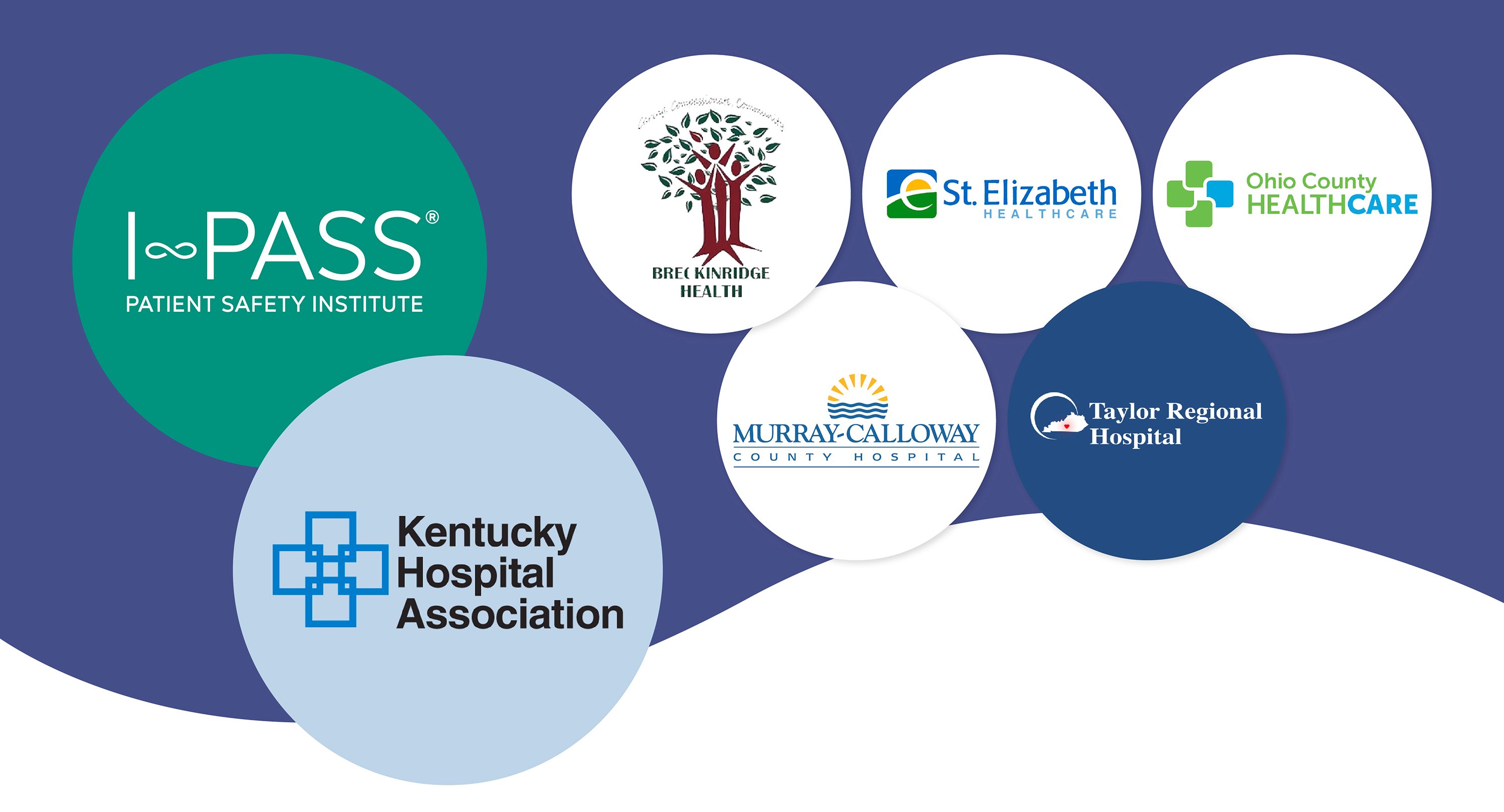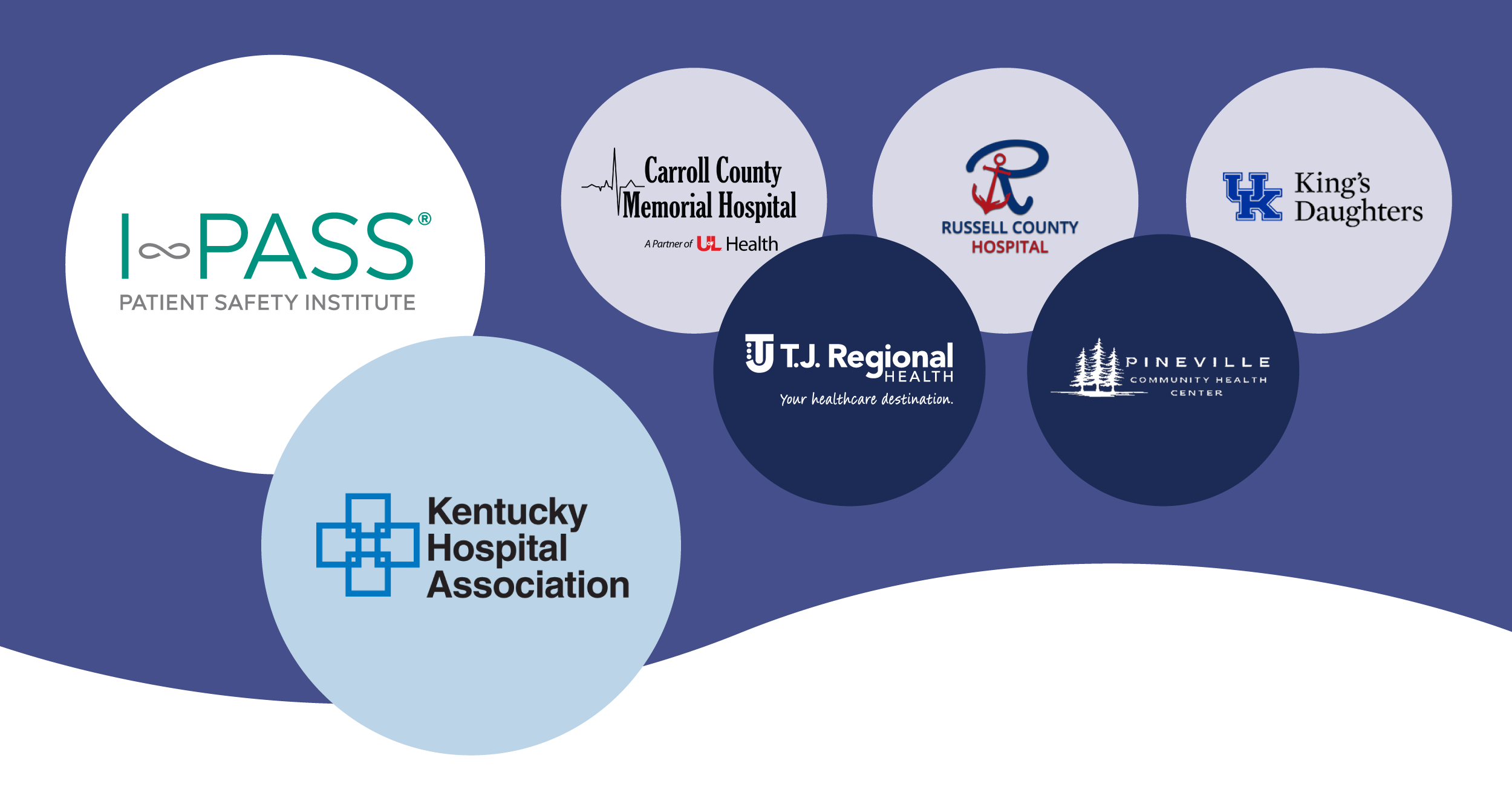Bob Hanscom, prior Vice President of Risk Management and Analytics at Coverys, has joined I-PASS as a Strategic Advisor. In this role, he’ll collaborate with the I-PASS leadership team to develop and deliver strategies to champion patient safety and reduce medical malpractice rates at healthcare institutions across the country. Bob brings nearly 30 years of experience in hospital risk management and will be a tremendous asset to our team as we strive to improve hospital communication and patient safety. To welcome Bob into the I-PASS community, we recently sat down with him to discuss his career path, views on patient safety, and how I-PASS can support medical liability insurers.
Tell us a little about your background.
My background is somewhat unusual. I graduated from Pepperdine University with a law degree. After graduation, I passed the bar in Maine and practiced law for about eight years. When I began focusing on healthcare law, I moved to Boston and almost immediately was drawn into hospital administration. I left the legal world to join Massachusetts General Hospital for about four years, and then took a position as Director of Hospital Administration at Lahey Clinic in Burlington, MA. Shortly after that, I was named Vice President for several clinical specialties at Lahey.
In 1998 I was asked to join the Risk Management Foundation, the captive medical malpractice company for Harvard Medical Institutions, also known as CRICO (Control Risk Insurance Company). Even though I was enjoying hospital administration, I felt compelled to join the Risk Management Foundation because it allowed me to bring the legal profession back into my professional life.
Around 2001, the Risk Management Foundation created a comparative benchmarking database—the first of its kind in the country. We did it primarily for the Harvard system’s insured base, but it got a lot of attention nationally because no one had ever done it before. During my last six years at the Risk Management Foundation, I was also the Senior VP of CRICO Strategies, now called Candello. I left that organization to join Coverys.
What was your role at Coverys?
I was hired at Coverys as Vice President of Business Analytics, and while there, I put together a team of people who, over three years, created a comparative benchmarking database. While I was at Coverys, I was asked to take on the position of Vice President of Risk Management as well, so I brought both disciplines together under one umbrella and created a new department called Risk Management and Analytics. The message we wanted to convey was that we were a risk management department powered by analytics, which would help us practice what I call proactive risk management. In risk management, the tendency is to react to events that have already happened in order to mitigate the damage. Although you’re trying to manage what happened and do your best to understand why, it has always been a reactive discipline. If you put analytics into that world, you start to see and understand where these damaging events are more likely to occur. In our case, we could help the doctors, providers, practices, and hospitals take measures to prevent harm before it reaches the patient. That became our mission, and it still is the mission there to this day.
Do you think your blend of legal and healthcare backgrounds gave you a unique perspective?
Definitely. When I first arrived, they had these strategic sessions to and somebody there asked, “Who’s our customer?” and I thought for sure it was going to be the patient, but they said it was the providers and defense attorneys. And I remember thinking, what just happened?
After the session had gone on for a bit, I raised my hand and said, “Even though patients are the ones who are suing, I still think we need to think about them as our customers.” And they were very receptive to that. That conversation gave rise to changing the name of our department from Loss Prevention to Loss Prevention and Patient Safety—because we realized, as we started putting these data sets together and creating this data environment, that data was, first and foremost, an important set of insights to help improve patient safety.
How did you learn about I-PASS? What made you decide to join the team as a Strategic Advisor?
At Coverys, one of our most recent technical reports was on risk in patient care transitions, which focused on how transitions between clinicians and patient care settings are extremely vulnerable. Bill Floyd, the Founder and CEO of I-PASS, and Dr. Chris Landrigan, I-PASS Co-Founder and Chief of General Pediatrics at Boston Children’s Hospital, read the report and asked to meet with me so that they could tell me about the work they’ve been doing at I-PASS.
When I looked at the I-PASS methodology, I realized it differed from others I’d known. I-PASS is an approach that targets variability in communication between providers, patients, and their families. I’ve always believed errors in patient care transitions can be reduced if you reduce the variability in communication. After I retired, I-PASS contacted me and asked if I’d like to work with them and help inform their MPL strategy. I said yes because I have not seen anything that has more potential than what I’ve seen in I-PASS to create a standardized approach to how communication should happen as patients are transitioning from one care point or provider to the next.
What benefits do you think I-PASS offers to medical liability insurers?
When I first went into the field of risk management and started talking about patient safety, there was this ridiculous question, “What if you’re so successful at improving patient safety that there aren’t any more malpractice cases left and you put yourself out of business?” I’d explain that insurance companies want cases they can defend—cases in which the care delivered as high-quality. High-severity injury cases that involve human factors like communication failures become much harder to defend. The awards for those cases, these megaverdicts, are huge. No one wants a megaverdict case – whether it’s the patient, insurer, or hospital. I-PASS is designed to prevent precisely these types of communication failures.
What are you reading, or what podcast are you listening to currently?
In terms of books, I’m actually in the middle of writing a novel, so I’m spending a great deal of my time on that. For podcasts, I enjoy listening to the ones being produced by my colleagues at Coverys. They produce risk management content and materials, and I like to see what they’re doing and stay up to date with it.
If you’re interested in learning more about Bob’s role at I-PASS, check out our recent press release.

.png)



